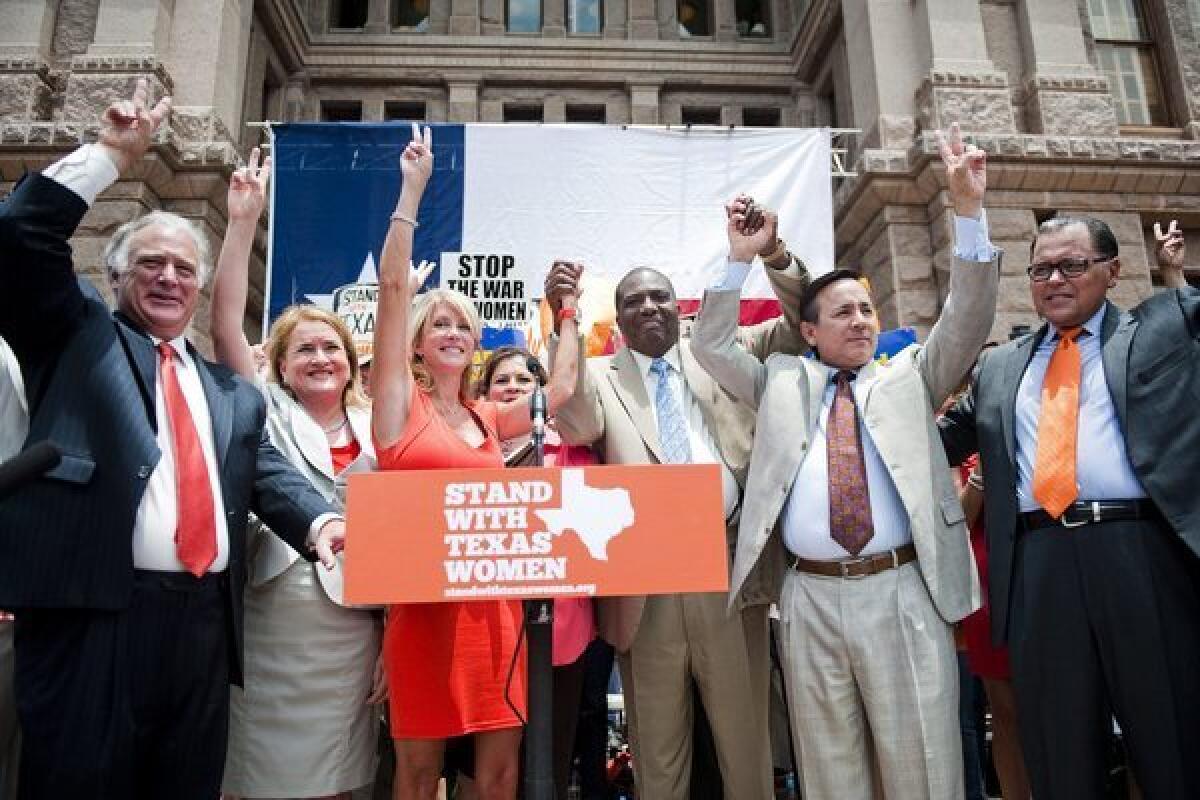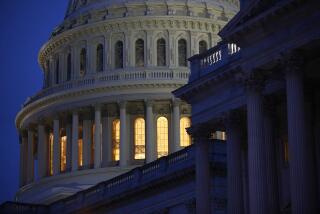Where to shoot: statehouse or White House? Texas Democrats mull

AUSTIN, Texas — When it comes to turning Texas red to blue — or, at the least, a less-hostile shade of purple — Democrats face a quandary of the chicken-or-egg variety.
Many are certain the political evolution from its current Republican dominance is inevitable, given the state’s rapidly shifting demographics, led by the explosive growth of Latino and Asian populations. Not so, say Republicans, who believe hard work and greater minority outreach can preserve the GOP’s power and keep Texas in its presidential column a good long time.
For Democrats, the riddle is which comes first: Building a state infrastructure that breaks Republican hegemony — they’ve won more than 100 statewide elections in a row — or investing the money and resources to turn Texas into a presidential battleground, thus boosting the state party and lofting down-ballot Democrats into competition?
PHOTOS: 2013’s memorable political moments
Garry Mauro, a former state land commissioner who ran for governor and lost to incumbent George W. Bush in 1998, said Texas Democrats have suffered ever since President Carter pulled the plug on the state in his failed 1980 reelection bid. (Carter was the last Democratic presidential candidate to carry Texas, in 1976, when he beat Republican President Gerald Ford.)
“Unless you spend money in a presidential year, how does anyone know what you stand for?” Mauro asked. “It’s the old create-a-vacuum, guess-who-fills-it. They say [Democrats aren’t] culturally attuned to Texas, bingo, we’re a red state.”
“We’re not going to turn Texas blue,” Mauro went on, “until we have a presidential candidate that makes a commitment: ‘I’m going to spend enough on TV [advertising] where Republicans don’t get to define me in Texas.’ ”
Others, though, say national Democrats will never make the costly commitment to compete in Texas, with its two time zones and 20 media markets, until one of the party’s candidates wins statewide office and gives the party a toehold in its stubbornly inhospitable terrain. “People are pragmatic,” said Wendy Davis, the Democratic state senator from Fort Worth who became an overnight political celebrity with her filibuster of antiabortion legislation. Davis, who is quietly weighing a run for state office, said Texans will have to do the hard work themselves to show national party candidates and big-money donors that the state is winnable in a presidential contest.
Matthew Dowd, who worked as a Democrat in Texas politics before helping elect Bush president in 2000, agreed.
The perception of the national party in Texas “is so bad, you need to rebrand it with a Democratic governor, which in turn can make the national party look better,” Dowd said.
But Mauro insists that painting Texas blue is not an either/or proposition. Maybe there was good reason to write the state off back in the days when presidential candidates accepted taxpayer funding and, in return, abided by strict, relatively meager spending limits. But with $1 billion or so to toss around, surely the next Democratic presidential nominee — whoever he or she turns out to be — can kick in a few million toward the party’s Lone Star resuscitation, Mauro said.
“I’m not saying that because Texas is the second-largest state you should spend the second-largest amount here,” he said. “But you’ve got to show up for the game. You’ve got to be there for the coin toss.”
ALSO:
Student loan plan fails for second time in Senate
Labor presses for immigration measure among key Republicans
Texas Democrats feel a change in the wind
Follow Politics Now on Twitter and Facebook
Twitter: @markzbarabak
More to Read
Sign up for Essential California
The most important California stories and recommendations in your inbox every morning.
You may occasionally receive promotional content from the Los Angeles Times.











